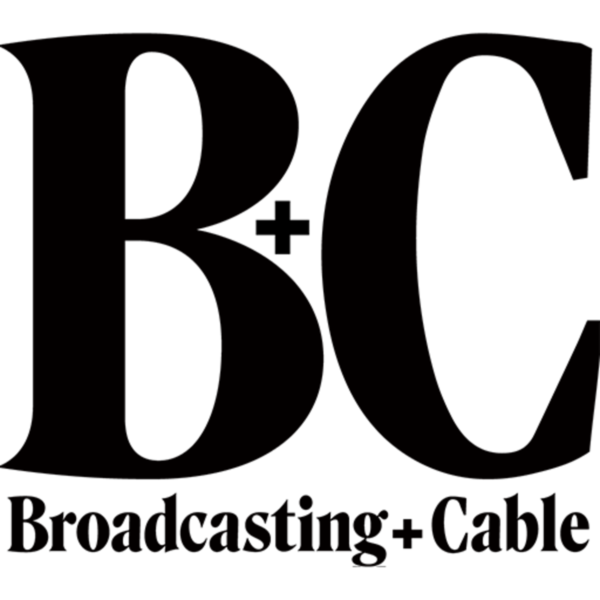ViralGains Tries Targeting Ads by Asking What Viewers Want
AI company launches Odyssey as software
One way to find out if a viewer is interested in a brand being advertised or a commercial being shown is to ask them.
That’s the idea behind ViralGains’ new Odyssey platform, which is being launched in a software as a service format that works across digital video, connected TV and display advertising.
“Marketers have long relied on legacy metrics – like impressions served – and struggled to quantify advertising impact on business outcomes,” said Tod Loofbourrow, CEO of ViralGains. “It’s high time for a revolution. Brands that capture and measure customer sentiment instead of focusing on impressions served can gain a better understanding of individuals’ interests, preferences and behaviors, and respond with the most relevant content, creating far more effective ad experiences.”
The ViralGains system works by adding an on-screen question to the end of commercials on platforms that allow viewer interaction, such as tablets or laptops, to gauge consumer sentiment. The questions could be about the viewer’s opinion of the commercial, the viewer’s feeling about the brand being advertised, or interest in the category–such as “do you buy diapers?”
The object is to eliminate the kind of waste marketers worry about when using a mass medium like TV. The system can also help fine tune advertising by determining where a viewer is in their “consumer journey” and serve an ad that will lead them closer to a purchase decision.
ViralGains has been in business for about four years and uses artificial intelligence to improve the way ads are targeted. It works with about a third of the Fortune 100 companies and nearly 100 of the Fortune 500 in categories including autos, consumer packaged goods, retail, pharmaceuticals, healthcare, travel and leisure and entertainment, according to Loofbourrow.
The company conducted research with media agency Magna and the IPG Media Lab that found that 59% of ad impressions were wasted with standard video retargeting. But when consumer sentiment was used to target a series of subsequent ads, consumers were 2.7 times more likely to search for the brand and two times more likely to visit the brand’s website.
Importantly, not sending ads to viewers who indicate they’re not interested in a brand can save $59,000 on a campaign with $100,000 in spending.
“How do you know what the what the consumer thinks of your brand or your advertising? The way it’s done by most people today is they do focus groups and brand studies and all these things take a huge amount of time,” said Loofbourrow.
“This is something very simple. We just ask in the unit. So we turn advertisements, whether they’re video ads or display or now connected TV, into these engagement experiences,” he said.
The questions asked after spots by ViralGains can ask about the impression of a brand, such as whether or not a person thinks of Verizon as a technology innovator, or, for Ford, whether the consumer is a car person or a truck person. A toothpaste brand can find out if a particular consumer is more interested in whitening or cavity prevention.
“The way we do this is very compelling and one of the reasons we get such high response rates is the question is related to the [advertising] content,” Loofbourrow said.
If consumers are asked if they buy diapers, and the answer comes up “no,” then “the targeting was wrong in the first place,” he adds.
And since the ViralGains platform sits on top of ad buying demand-side platforms, its data can be used to act on the feedback, create audiences and segments, and buy properly-targeted ads.
“We call it targeting based on attitude and behaviors,” Loofbourrow said.
Another result is that at a time when media is becoming more commoditized, ViralGains is helping media companies get higher rates on a cost-per-thousand viewers basis by making more of those impressions count.
ViralGains plans to sell its Odyssey software to marketers and agencies. It has two main different business models. On the managed service side, it charges per completed view of ads. On the software side, there’s a monthly fee to use the platform based on the amount of usage. Software users can also tap into ViralGains’ expertise to help them use the platform.
This article originally appeared on Broadcasting + Cable.


